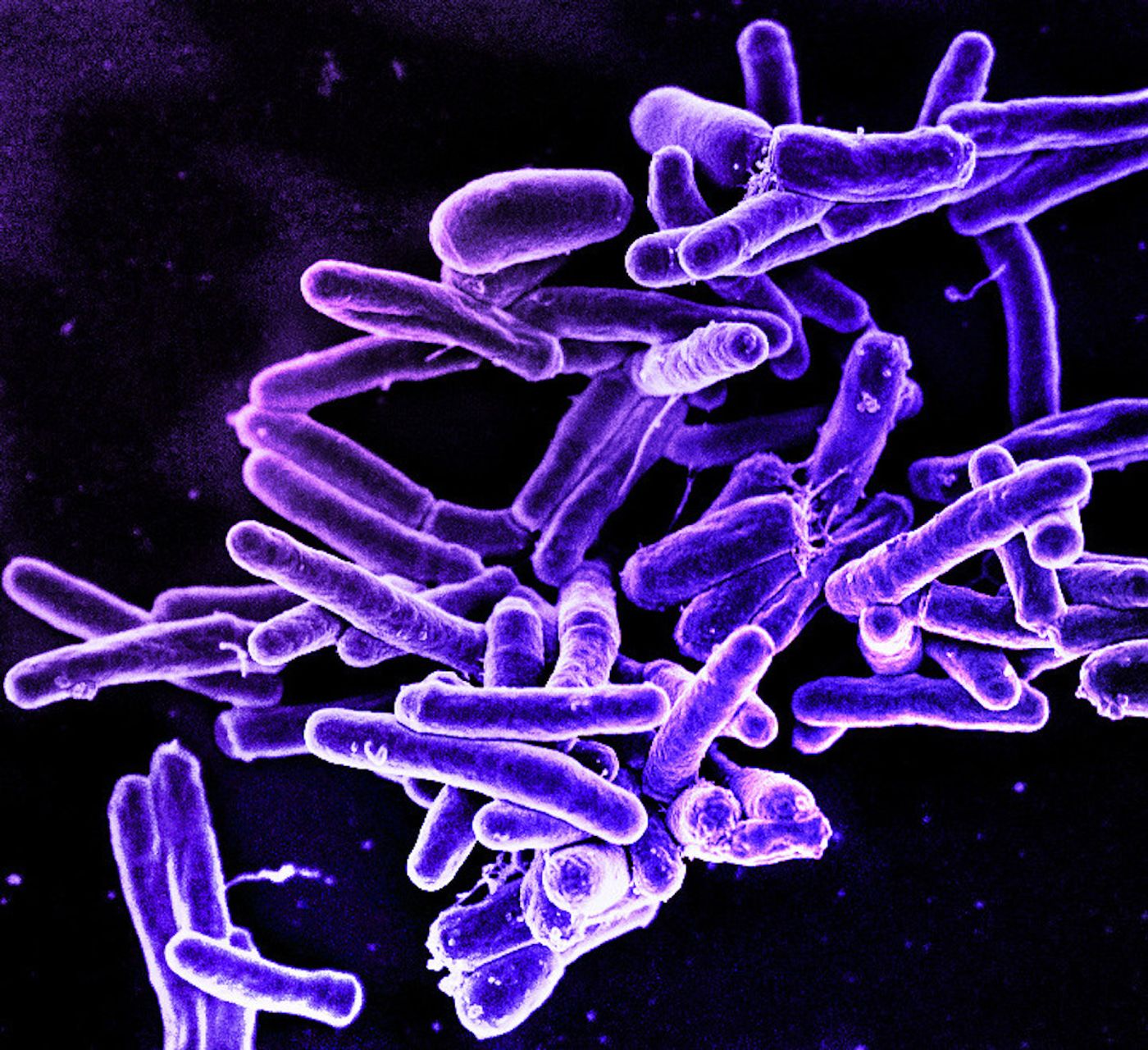TB Germ That Can Move to the Bones Resembles Ancient Strain Found in Mummies
Mycobacterium tuberculosis is the pathogenic bacterium that causes tuberculosis (TB), which is still a major public health problem in many parts of the world. TB tends to manifest in the lungs, but other parts of the body can be affected as well, which is seen in about fifteen to twenty percent of cases. TB that impacts bone, however, is rare. Of the 7,174 cases of TB that occurred in the US in 2020, only about 2 percent of them were skeletal.
Skeletal TB is also known as Pott’s Disease and has been recognized as a health disorder for a very long time, going back even to the days of ancient Egypt. Some 9,000-year-old Egyptian mummies have bones that look like they have been chewed on, a sign of tuberculosis infection.
When skeletal TB started to appear in some of the infected people during an outbreak in North Carolina in the mid aughts, Duke physician Jason Stout M.D. took note. "Four out of six were in the bone. That's way more than 2 percent," Stout said.
Patient zero of this outbreak apparently contracted the bug in Vietnam, but did not fall particularly ill. This individual was working with about 400 other people at the time, and they were all exposed over a prolonged period, said Stout. Seven other infections were identified with contact tracing. A total of eight patients were treated with antibiotics during this TB outbreak, while others who had been exposed got preventive care. It was a curious incident. "I'm an epidemiologist and clinical trial specialist and I was left scratching my head," Stout said.
A few years later, Stout discussed the incident with a colleague, TB researcher David Tobin, Ph.D., an associate professor at Duke, who wanted to follow up. In Tobin's lab, researchers sequenced the genome of the germ that caused the TB infections in North Carolina. They compared it to other genomes, and found it resembled one in a group of Mycobacterium tuberculosis strains known as lineage 1. When TB cases arise in the US, they are typically caused by strains that are modern, those in lineages 2, 3, and 4. Lineage 1 has not disappeared, however.
The bacteria infecting the individuals in North Carolina was also a mobile one, which moved from the patients' lungs to their bones.
Mycobacterium tuberculosis tends to infect white blood cells called macrophages; cells that usually identify foreign invaders and destroy them by engulfing them
The genomic data showed that the North Carolina lineage 1 germ was still secreting a molecule called ExsM, which other modern lineages no longer produce ExsM because of a mutation in their genomes. The findings have been reported in Cell.
Additional work from the lab of Craig Lowe, an assistant professor at Duke, confirmed that 3,236 different strains of modern TB do not release the EsxM secretion factor.
When modern, attenuated versions were engineered in the lab to release EsxM and cultured with macrophages, the macrophages became more mobile.
Tobin suggested that modern TB strains might benefit from remaining confined to the lungs because the pathogenic microbes can then spread to others through airborne droplets, released by breathing.
The migratory TB that caused the North Carolina outbreak has not reappeared to cause anymore infection since.
Sources: Duke University, Cell









